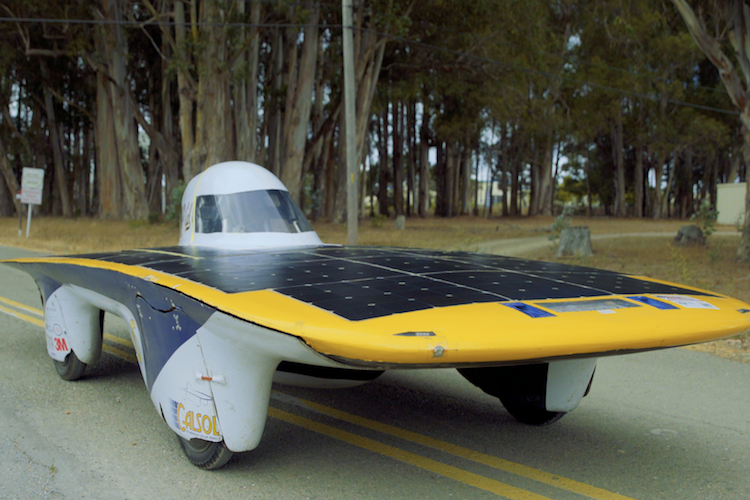CalSol is building the solar car of the future
A group of mostly undergraduate students is pushing ahead work on the next generation of solar vehicles with its newest iteration, Tachyon

October 25, 2018
Normally when you talk about street-legal cars, you’re talking about a car that has been modified to within an inch of what road laws allow. Not so at UC Berkeley, where a group of mostly undergraduate students have been working on the next generation of street-legal: solar.
These are solar-powered cars that don’t look anything like your dad’s old truck or your mom’s taxi. They are light, and most of what you see when you look at them are solar panels ready to soak in that ever-pleasant Berkeley sun.
CalSol, the UC Berkeley solar vehicle team, has been around since 1990. Over the years the team has created eight generations of solar vehicles, each one getting closer to being ready for you. They have tested out at 80 mph, although generally they go in the 40-mph range after a charge of between four and five hours. The CalSol team designs, builds and tests these cars, including the current standard bearer, Zephyr.
Zephyr is light and handles mostly like a go-cart. The CalSol team travels around the country to compete against other solar cars, and last year with Zephyr took home top honors at the Formula Sun Grand Prix on the Formula 1 track in Austin, Texas. This year, the Bears finished second.
And now the team is off in quest of Generation Nine. They’re calling the newbie Tachyon, and the plan is for it to be a four-seater, something the group believes will be the bridge between current solar car concepts and real world applications.